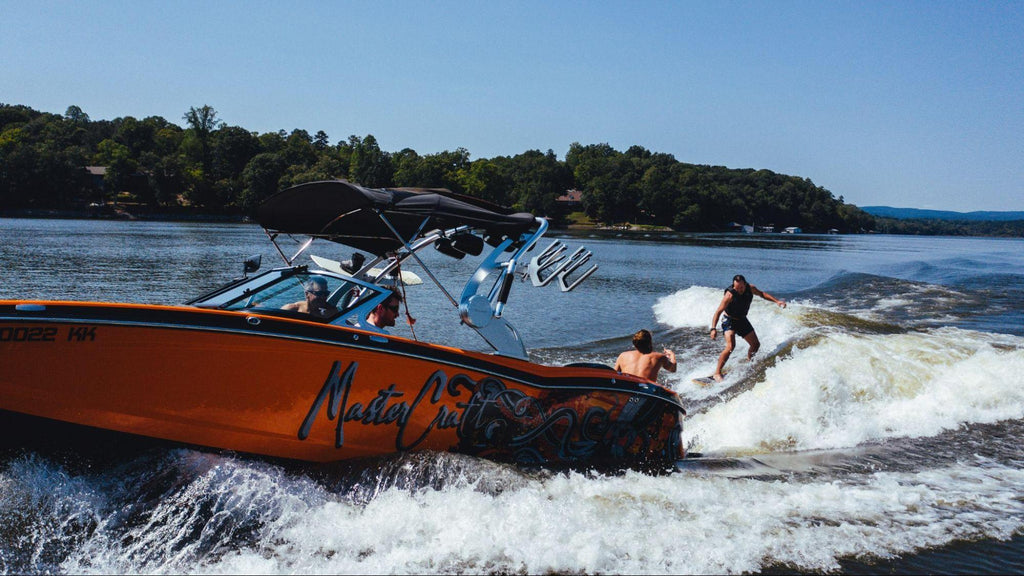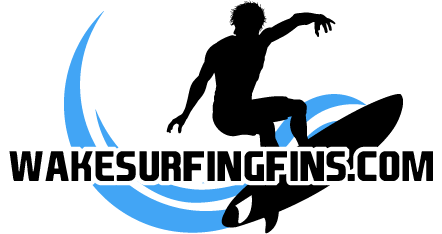
The History of Wake Surfing

Are you ready for a brief history lesson in wake surfing? For those who don’t know, wake surfing is a sport where a rider trails behind a boat by riding its wake. After getting up on the wake, typically by use of a tow rope, wake surfers will drop the rope and ride the wave’s steep face below its peak, like surfing waves in the sea. Wake surfers use special boards that are designed specifically for wakesurfing and these boards will have special fins for wake surfboards.
The concept of being towed by a boat led to sports like skurfing, skiboarding, and then evolved into wake surfing. When wake surfing caught on, surfboard companies started making specialized wake surfing boards that were thinner, lighter, and smaller than a typical surfboard, with customized fins for wake surfboards. This led to innovations in tow boats, wake boards and finally making the best wake surfing fins.
There are many people and companies that claim to be the originator of wake surfing. It actually started in 1956 at Cypress Gardens, where surfing behind a boat began. It was Dick Pope Sr., founder of Cypress Gardens, who saw the potential of using “Inland Surfing” to promote his botanical garden and theme park in Florida.
He called the sport “inland surfing” or “boat surfing”. Back then, wake surfers used regular boats, which produce messy and inconsistent waves that could be difficult to ride. Nor did they have the customization wake surfing boards or the best wake surfing fins that we have today. Wake surfers quickly realized to get a better wake, you need to add weight to one side of the boat. When placing the weight on the right side, it will create a larger wake on the right side of the boat and when adding the weight to the left, creating a larger wake on the left.
Unfortunately, wake surfing’s popularity faded by the late 60s and remained dormant for 25 years. It was in the mid-90s, when the owner of Centurion Boats, Rick Lee, saw the huge potential of the bigger wakes of the V Drive Ski Boats that were designed for wakeboarding.
In the mid-90s, Lee advocated wake surfing and turned it into a competitive event with a World Championship series. This prompted boat manufacturers to advance their technology to increase the size of wakes. This helped wake surfing emerge from the shadows that it loomed in for over two decades.
Due to the increased popularity of wake surfing, the number of competitive riders has grown tremendously since the mid-90’s. This led to the establishment of the Competitive WakeSurf Association (CWSA). Established in 2012, it was created to oversee annual wake surfing competitions around the world. Their current membership is over 3000 active members spread over 40 countries. They have also defined the criteria for standardized scoring and ranking for athletes across multiple divisions.
BEST SELLER



 Flyer Series Twin Set - Wake Surfing Fins - Monsters (3 1/3 inches)
Flyer Series Twin Set - Wake Surfing Fins - Monsters (3 1/3 inches)